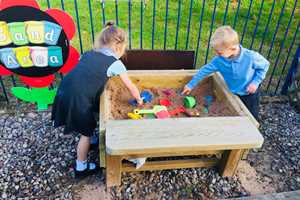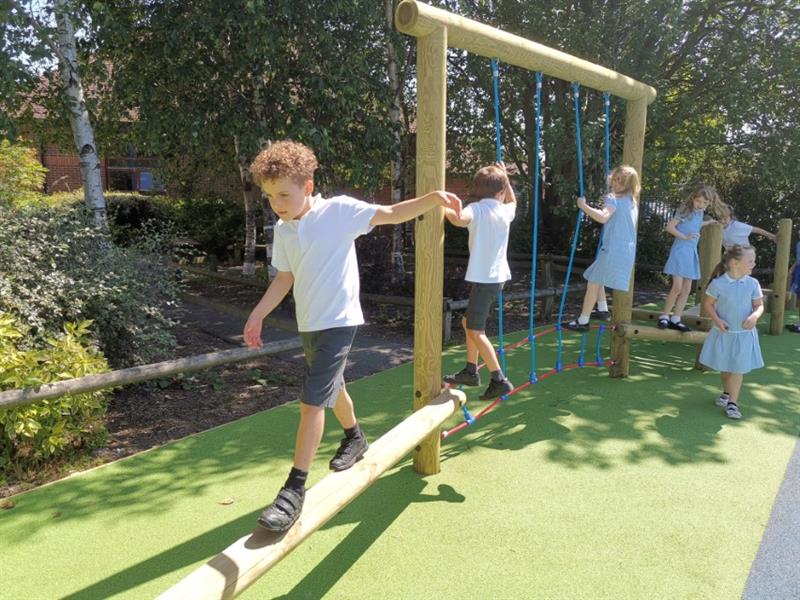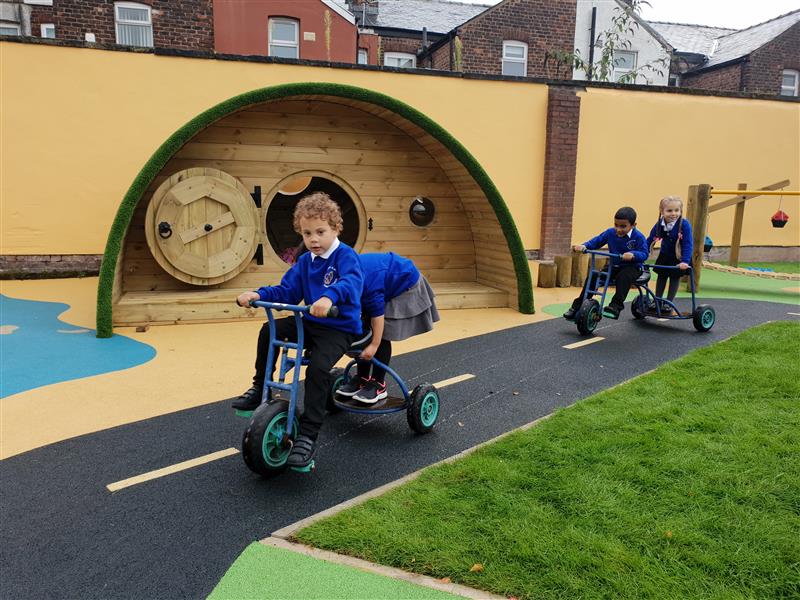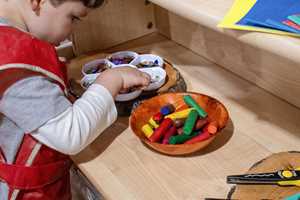
Special Educational Needs
Exploring the different senses that can be developed in Sensory Play!
Young children explore and learn about the world around them by making use of all of their senses. Through play children become familiar with their surroundings, develop fine and gross motor skills and learn about themselves and others.
With children spending less time playing outside after school it is important that children engage in sufficient sensory stimulation. Pupils could be at risk of developing poor postural control and may find listening when seated difficult if they don’t have enough sensory opportunities. Writing, constructing using blocks and joining in with fast-paced outdoor play may also prove tricky.
After school clubs are great ways for pupils to be active but children still need plenty of time for unstructured play to encourage imagination and creative thinking. Plenty of free, outdoor play allows pupils to learn how to use their bodies effectively within a space. We need future generations of inventors and divergent thinkers which can be nurtured through play which develops the sensory system.
Often when we think of sensory play the five senses of touch, sight, smell, taste and hearing come to mind yet there are three more senses which make up the sensory system: body awareness (proprioception), movement (vestibular) and internal body sense (interoception.) All of these senses work together as children develop different skills and abilities. The phrase, ‘children’s brains are like sponges’ springs to mind as pupils make use of their senses to absorb everything going on around them, forming important connections.
The Vestibular Sense
The vestibular sense is key to children’s development allowing them to hold their head up, learn to walk, copy from the board, eat their lunch and walk along the curb. Activities that require coordinated movement involve the vestibular system, allowing us to balance.
The vestibular sense involves information from the inner ear being sent to the brain indicating body orientation. We can therefore respond appropriately to our environment and control our movements. We are usually not aware of our working vestibular sense as we navigate stairs or ride a bike yet children need to stimulate their vestibular sense on a regular basis as they learn about gravity and try out a range of movements.
Our vestibular sense takes time to develop and each child will develop differently. Children tend to wriggle, jump, spin and roll when they feel the urge to and will stop when they have had enough. Pupils develop confidence in active play, even when their feet leave the ground making skipping, ball games and cartwheeling possible! Attention and regulation also improve as children can easily track moving objects and shift their attention in the classroom.
If the vestibular sense is not fully developed a child may not realise how fast they are moving, they may not catch themselves if they trip and could appear clumsy.
Vestibular activities should provide movement and resistance to movement. Practitioners can suggest and carefully match activities to meet children’s physical readiness. Children’s negative reactions will need to be carefully observed as reactions to sensations may not occur till several hours later or some children may not recognise when they have reached ‘too much’ sensory input.

Playground spaces are fantastic for offering vestibular input. Whilst using swings, slides and obstacle courses children can carry an object which they can throw at a target. Rolling supports the development of the vestibular system well but just make sure children don’t get too dizzy. A child can roll across a flat or sloped surface either in a sack or without. As the child rolls, they carry a ball/beanbag which they must stand up and place in a basket at the end of the course. Pupils can roll or walk back to the start until all objects make it to the basket.
Pentagon Trim Trails offer plenty of opportunities for pupils to practise balancing skills. A pupil may practise balancing by standing on one of the platforms of a Tightrope Crossing whilst throwing quoits onto a standing tower. The target can be placed at varying distances and pupils may even want to bend down whilst balancing on the platform to pick the quoits back up again.
Using swings and spinning equipment builds core and upper body strength. Spinning and then shooting can provide intense vestibular input which should be taken slowly at first. A child can sit and spin in a Pentagon Inclusive Roundabout holding a ball in their lap, they then attempt to throw the ball in a bucket whilst the roundabout is spinning. if this proves too difficult the roundabout can be stopped after a certain number of spins and the child can then aim and throw. Each time this is played the roundabout should be spun in the reverse direction so that a child receives equal input from both ear canals.
Using bike, trikes, scooters and scooter boards provides vestibular stimulation. Practitioners can draw a track onto the playground floor (figure eight symbol) using chalk or lines can be added to a Pentagon roadway for children to carefully stay on as they travel repeatedly around the track

This blog is the first of our new series of blogs about Sensory Play.
Coming up in the series:
Tactile Sensory Play
Sensory Play with Water
Interoception Explained



.jpg)


